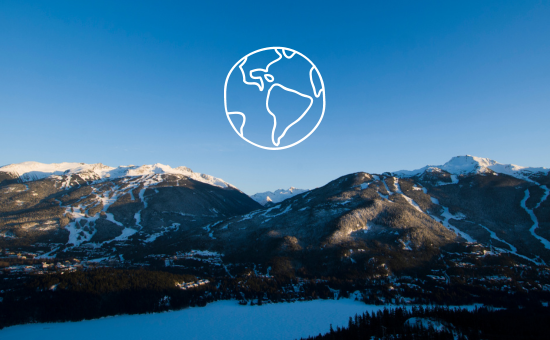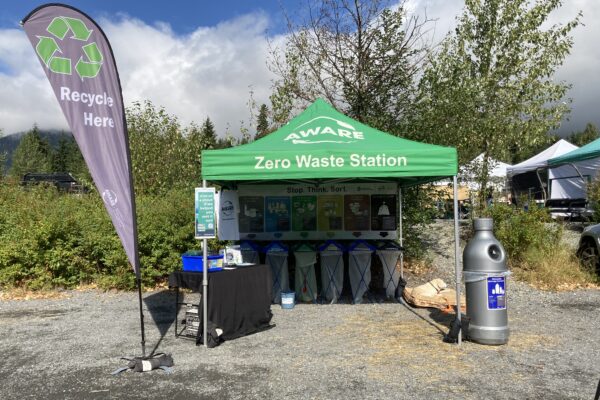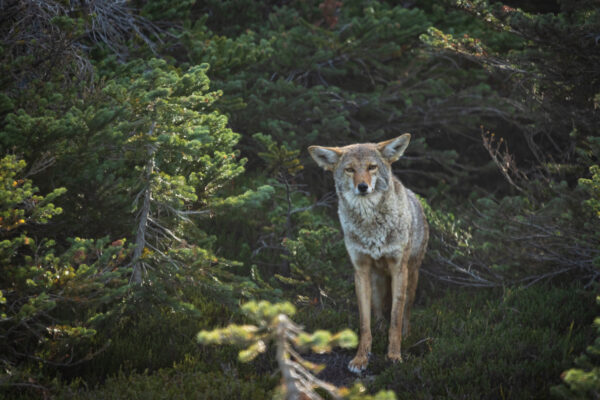Wetland ecosystems have incredible importance as areas of high biodiversity and immense habitat value. In fact, in the face of their global decline, their importance was recognized and they are the only ecosystem designated for conservation by international convention.
Environment Canada gives a fantastic overview of why wetlands are so vital:
Wetlands and Wildlife
Wetlands are important to species from many familiar classes of animals, as well as to less commonly known creatures.
Every drop of water contains microscopic zooplankton, which are a vital component of the food chain. The water’s surface and the wetland bottom are covered with insect eggs, larvae, and nymphs. Members of the fish, amphibian, and reptile groups are all dependent on the habitat provided by wetlands. Numerous bird and mammal species make extensive use of the water and its adjacent shores. These species can be important to humans economically or as indicators of environmental health.
How do wildlife species use wetlands?
Food and shelter are the primary requirements of life. Wetlands provide these functions for many species of animals that either live permanently within the wetland or visit periodically. Almost every part of a wetland, from the bottom up, is important to wildlife in some way. Frogs bury themselves in the muddy substrate to survive the winter, and some insects use bottom debris to form a protective covering. Fish swim and feed in wetlands, often eating the eggs of insects that have been deposited in the water. Wetland vegetation provides nesting materials and support structures to several bird species and is a major source of food to mammals, even those as large as moose. Small mammals use the lush vegetation at the edge of wetlands for cover and as a source of food, and they themselves are a food source for birds of prey. Each species has adapted to using the wetland and its surrounding area in a particular way.



